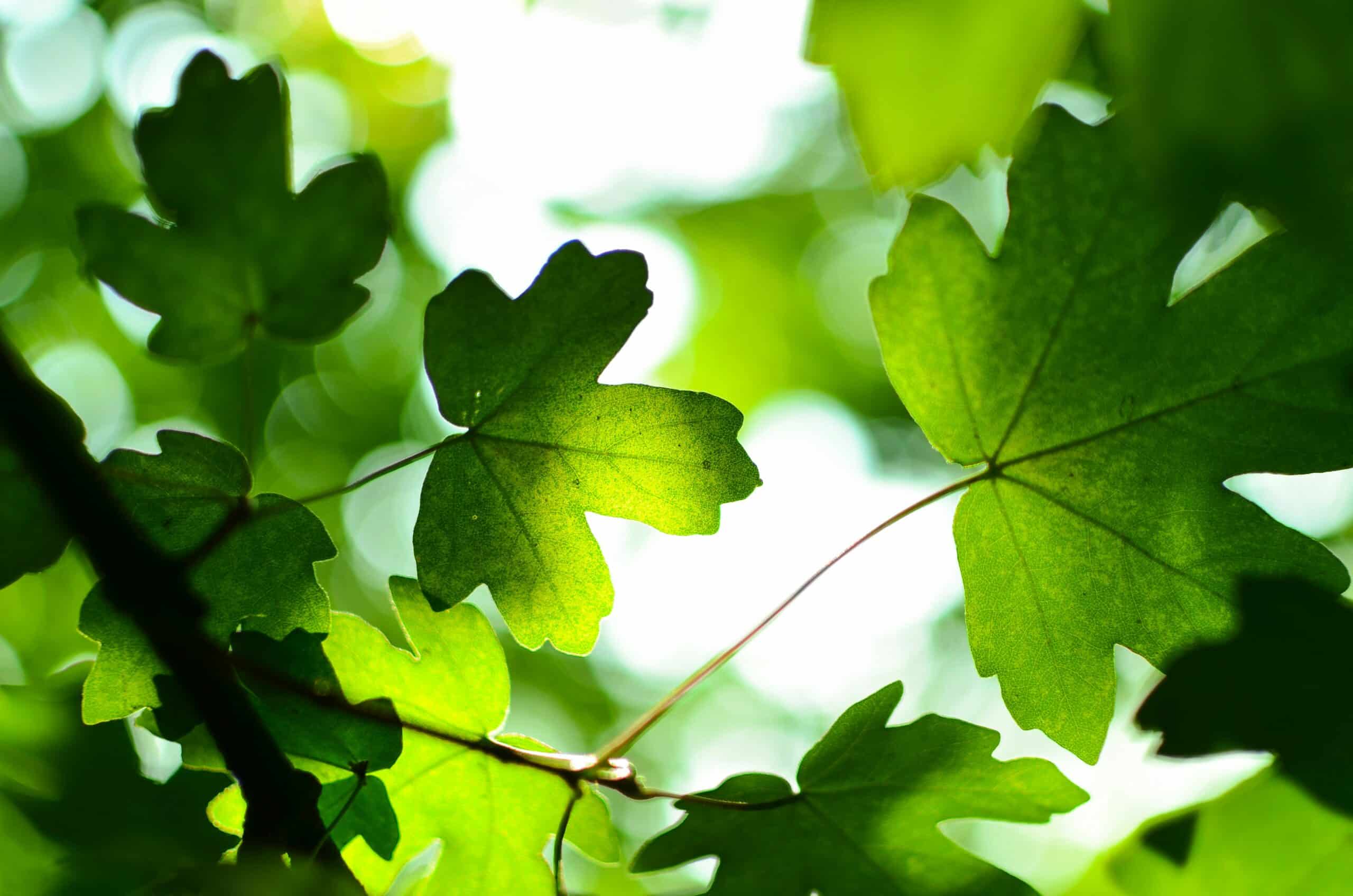
Date May 19, 2025
Category
After a tree removal project, you’re often left with an unsightly reminder – the stump. Whether you’ve recently removed a problematic oak tree or cleared space for landscaping improvements, that leftover stump can be both an eyesore and a hazard in your yard. At TreeNewal, we understand that stump removal is an essential final step in completely reclaiming your outdoor space. The cost of stump removal varies widely based on several factors, from the size of the stump to the method used for removal. This comprehensive guide will break down everything you need to know about stump removal costs, helping you budget appropriately for this necessary yard improvement project.
What Affects Stump Removal Costs?
1. Stump Size and Diameter
The diameter of your tree stump is typically the most significant cost factor. Most professional services charge by the inch, with rates ranging from $2 to $5 per inch of diameter measured at the widest point. Small stumps under 12 inches in diameter typically cost between $60 and $150 to remove. Medium stumps measuring 12-24 inches usually range from $150 to $300, while large stumps over 24 inches can cost anywhere from $300 to $700 for removal. Many companies implement minimum charges regardless of size, typically starting at $75-$125, making it cost-effective to remove multiple stumps at once if you have several on your property.
2. Root System Complexity
Trees with extensive root systems require more labor and specialized equipment, significantly impacting your final bill. Species like oaks, elms, and maples develop deep, complex root structures that can add 20-50% to your removal costs compared to standard pricing. The additional work involves tracking and removing sprawling roots that may extend far beyond the trunk diameter. In contrast, pine trees with straighter, more predictable root systems tend to be less expensive to remove since the work is more straightforward and requires less specialized equipment or extensive digging. Professional removal services typically assess root complexity during their initial quote visit.
3. Soil Conditions
The type of soil surrounding your stump plays a crucial role in determining removal difficulty and cost. Rocky soil or dense clay significantly increases the labor required, potentially adding $50-$100 to your quote as professionals must work around stones or break through compact earth. These conditions often necessitate more powerful equipment or additional techniques to complete the job effectively. Sandy or loamy soil generally allows for more straightforward removal at standard rates, as equipment can operate more efficiently with less resistance. Local soil composition varies widely by region, which partially explains geographic price differences in stump removal services.
4. Accessibility Factors
The location of your stump within your property can substantially impact removal costs. Stumps located in hard-to-reach areas present additional challenges that professionals must overcome. If your stump is near structures or utilities, expect to pay an additional $50-$200 as removal requires extra precision to avoid damage. Stumps in fenced backyards with limited access may add $50-$150 to your bill since equipment must be maneuvered through tight spaces or alternative methods employed. Those located on slopes or uneven terrain typically add $75-$200 to the cost due to the difficulty of stabilizing equipment and ensuring safe operation. Conversely, stumps in easily accessible front yards with plenty of working space typically cost less because professionals can bring in their standard equipment without modifications or extra precautions.
5. Removal Method
Several removal techniques are available, each with different price points to consider when budgeting for your project. Grinding is the most common method, typically costing between $100 and $400 for an average-sized stump. This approach leaves the root system in place but grinds the visible stump below ground level, creating wood chips that can be used as mulch or removed from the site. Complete removal is more extensive and costs between $250 and $700 or more depending on complexity. This method extracts the entire stump and major root structure, making it necessary for construction projects or when planting new trees in the same location. Chemical removal represents the budget option at $20-$100 but requires patience as the process takes weeks or months to complete. While less effective than mechanical methods, chemical treatments offer a significantly cheaper alternative for those willing to wait.
6. Quantity Discount
If you have multiple stumps that need removal, you can typically secure significant savings by addressing them all at once. Most companies offer discounts for removing additional stumps in one service call after charging full price for the first stump. These discounts generally range from 25-50% off per additional stump, which can translate to hundreds of dollars in savings for properties with numerous stumps. This pricing structure exists because once equipment and crew are on-site, the incremental cost of removing additional stumps is much lower for the service provider. When requesting quotes, be sure to ask specifically about multiple stump discounts and consider coordinating with neighbors if they also need stump removal services to potentially share costs.
7. Geographic Location
Like most services, stump removal costs vary significantly by region due to differences in operating expenses, competition, and local demand. Urban areas and coastal regions typically charge 15-30% above national averages due to higher business costs and limited disposal options. Rural areas and the Midwest generally offer rates 10-20% below national averages, reflecting lower overhead and operating expenses. Areas with high competition among service providers typically offer better rates as companies vie for business. Additionally, regions prone to storms or with large tree populations often have more established stump removal services, which can lead to more competitive pricing due to industry efficiency and specialized local expertise.
Additional Services and Their Costs
Debris Removal
Standard stump grinding creates a substantial pile of wood chips that must be addressed after the main removal work is complete. Most companies offer several options for handling this material, each with different cost implications. Leaving the chips on-site is typically included in the base price with no additional cost, but this leaves you with the task of distributing or disposing of them. Having the company spread the chips as mulch around your property usually adds $25-$50 to your bill, which can be worthwhile as it saves you labor and provides useful landscaping material. Complete debris removal, where the company hauls away all wood chips and related debris, generally costs $50-$100 extra but leaves your property completely clean and ready for your next project.
Land Restoration
After stump removal, you’ll likely need additional services to restore your yard to usable condition. Filling the hole with topsoil typically costs between $50 and $100 depending on the size of the cavity left behind. This step is crucial to prevent future settlement or drainage issues in the affected area. If the stump was located in a lawn area, you may want grass seeding or sodding services, which generally range from $75 to $200 based on the area size and method chosen. More extensive landscape restoration, which might include grading, planting, or installing hardscape elements in the newly cleared space, can run from $150 to $300 or more depending on your specific plans. Many removal companies offer these services as add-ons, but you might find better rates by hiring specialized landscaping contractors for more complex restoration work.
Root Barrier Installation
If you’re removing a stump to prevent root damage to foundations, pavement, or underground utilities, consider adding a root barrier installation to your project. This preventative measure is particularly important when removing stumps of aggressive species or when the removed tree was causing structural problems. Basic root barrier installation typically costs between $300 and $600, involving trench digging and placement of physical barriers that redirect future root growth away from vulnerable areas. Premium barriers with longer warranties and more durable materials generally cost $600-$1,200 but offer extended protection and peace of mind. This additional investment can save thousands in potential repair costs from root damage to foundations, driveways, or plumbing systems over time.
DIY vs. Professional Removal: Cost Comparison
DIY Rental Options
Many homeowners consider the DIY approach to save money on stump removal. Stump grinder rental costs range from $75-$250 per day depending on machine size and your location. Chemical stump removers represent a lower-cost alternative at $15-$30 per treatment but require multiple applications over an extended period. Manual removal tools such as mattocks, shovels, and specialized stump extractors cost $50-$200 to purchase outright. However, the DIY route includes several hidden expenses that should factor into your decision. Transportation of heavy equipment often requires a trailer or truck rental. Potential property damage from inexperienced operation can lead to costly repairs. Personal safety risks include operator injuries that may result in medical expenses. The significant time investment of 4-8 hours for an average stump represents opportunity cost, and many municipalities charge disposal fees for stump material that professionals might avoid through their established disposal channels.
Professional Advantages
Professional services typically include comprehensive benefits that often justify their higher upfront cost. Insurance coverage protects you from liability for any accidental damage during the removal process. Trained operators ensure proper equipment operation, reducing the risk of property damage or personal injury. Professional crews complete most stump removals in just 1-2 hours, saving you significant time and effort. Many services include basic cleanup as part of their standard package, and reputable companies offer warranties on their work, providing recourse if problems develop later. Additionally, professionals bring specialized equipment that works more efficiently than rental units, and their experience allows them to handle unexpected complications that might stump a DIY enthusiast. For most homeowners, professional removal provides better overall value when factoring in time, safety, and quality of results.
How to Get the Best Deal on Stump Removal
Getting multiple quotes is essential for finding competitive pricing. Contact 3-5 local companies for comparison shopping, and don’t hesitate to mention other quotes you’ve received as many businesses will match or beat competitors’ prices. Consider bundling services by removing multiple stumps at once or combining stump removal with other tree work like trimming or removal to leverage package discounts that many companies offer. Timing your project strategically can yield savings, as off-season work during late fall or winter often comes with lower rates due to reduced demand. For additional savings, prepare the site before professionals arrive by clearing debris and ensuring easy access, reducing the labor time required for the job. Ask specifically about disposal options, as keeping the wood chips for personal use as mulch can eliminate disposal fees that might otherwise be added to your bill. Finally, check whether your municipality offers special programs for stump removal, particularly after storms or as part of neighborhood improvement initiatives, which might provide subsidized services or group rates.
Reclaim Your Yard with Confidence
Investing in stump removal not only enhances your property’s appearance but also eliminates potential hazards and reclaims valuable outdoor space. While costs typically range from $175 to $516, understanding the factors that influence pricing helps you budget appropriately and avoid surprises. By considering stump size, accessibility, removal method, and quantity discounts, you can make informed decisions about this important landscape improvement project.
Whether you choose professional services or tackle the job yourself, removing that stubborn stump opens possibilities for new plantings, hardscape features, or simply a smoother lawn. With the right plan and insights from this guide, you’re ready to turn that eyesore into an opportunity. For expert help and reliable results, trust Treenewal, your local stump removal specialist, to get the job done efficiently and safely. Call (817) 329-2450 or Contact Us today to schedule your stump removal service and reclaim your yard with confidence.










